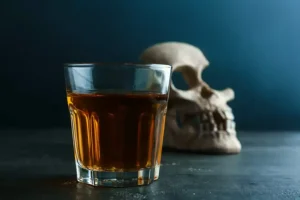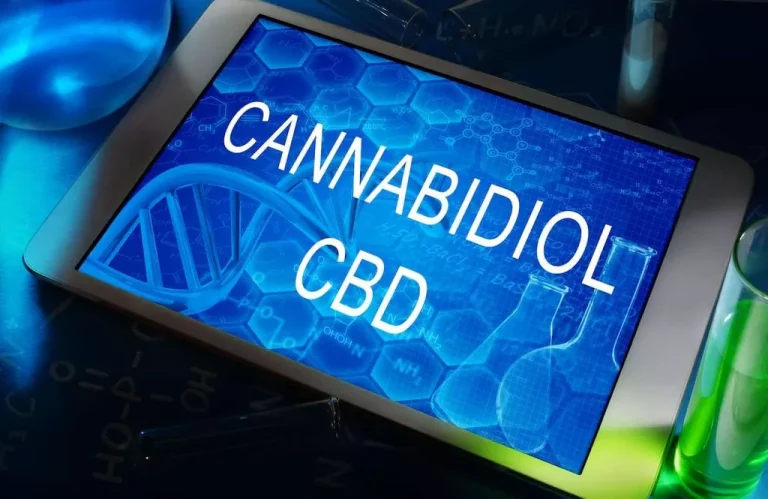
Alcohol is the most commonly abused drug among adolescents in the United States. Further, psychological distress, especially depression and anxiety, has been shown to play an important role in such substance use. This expansion of the term raises intriguing questions about the nature of addiction itself. Or are we simply becoming more adept at recognizing and naming these patterns?
Stay on top of latest health news from Harvard Medical School.
Biology, psychology, and social and cultural elements all play a role in the enormously complex causal bouquet that results in addiction, and different theories weight the elements differently. Together they reflect the fact that there is no one path to addiction, and no one factor makes addiction an inevitable outcome. Addiction can’t happen without exposure to agents, but https://ecosoberhouse.com/ that is hardly the determining factor. Addiction is not a property of the substance ingested or activity engaged in. It’s worth noting that this broader understanding of addiction aligns closely with the root meaning we’ve explored. Whether the object of addiction is a substance or a behavior, the core concept of being bound or devoted to something remains consistent.
Recognising drug addiction signs MensLine Australia
People use cannabis by smoking, eating or inhaling a vaporized form of the drug. Cannabis often precedes or is used along with other substances, such as alcohol or illegal drugs, and is often the first drug tried. Substance use disorder can negatively affect a person’s relationships, finances, employment, and other aspects of their life. To locate treatment facilities in your area, try calling the Substance Abuse and Mental Health Services Administration (SAMHSA) for a list of options. You can also visit SAMHSA’s treatment locator website, the American Addiction Centers location finder, or, if you have health insurance, call your insurance company for in-network services.
The brain continues to develop into adulthood and undergoes dramatic changes during adolescence.

Addictive substances and behaviors can create a pleasurable “high” that’s physical and psychological. You’ll typically use more of certain substances or engage in behaviors longer to achieve the same high again. An addiction is a chronic dysfunction of the brain system that involves reward, motivation, and memory. It’s about the way your body craves a substance or behavior, especially if it causes a compulsive or obsessive pursuit of “reward” and lack of concern over consequences.
Risk factors
People with addictions often carry stigma about their behavior, leading to shame and fear of seeking help. The world is changing, and you may find that getting help for your addiction is the best thing you ever do for yourself. In the meantime, we hope that educating yourself will help on your journey to wellness. Addiction diagnosis usually requires recognizing that there is a problem and seeking help.

It is unlikely that a person will become addicted after using a substance once, although it is possible to develop a mental health problem or to die of an overdose or another complication after one use of some substances. Addiction is a complex, chronic brain condition influenced by genes and the environment that is characterized by substance use or compulsive actions that continue despite harmful consequences. The transtheoretical model can be helpful in guiding development of tailored behavioral interventions that can promote lasting change.
A significant part of how addiction develops is through changes in your brain chemistry. Alcohol use disorder is the most common substance addiction in the United States, followed by nicotine and marijuana. About 10% of people aged 12 or older in the U.S. have alcohol use disorder. It’s common for a person to relapse, but relapse doesn’t mean that treatment doesn’t work. As with other chronic health conditions, treatment should be ongoing and should be adjusted based on how the patient responds. Treatment plans need to be reviewed often and modified to fit the patient’s changing needs.
- Signs and symptoms of inhalant use vary, depending on the substance.
- Healthcare providers and the medical community now call substance addiction substance use disorder.
- As part of our desire to serve the public and participating treatment providers, the NAATP has developed a regularly updated Addiction Industry Directory (AID).
- Withdrawal symptoms are those that occur when a person tries to stop using a substance.
- Severe withdrawal can lead to dangerous and life-threatening health issues.
- Some people may try a substance or behavior and never approach it again, while others become addicted.
Families are profoundly affected by the harmful consequences of addiction. To cope with the chaos of a loved one’s addictive behaviors, families tend to keep secrets, find scapegoats and adopt unhealthy behaviors such as denial, blame or preoccupation. So families need help in their own right to recognize and address addictive behaviors and establish healthy boundaries and relationships. For a behavioral health condition that affects millions of Americans, their families and communities, addiction to alcohol or other drugs is widely misunderstood and stigmatized. The behavioral aspects of the disease are characterized by the continued use of alcohol or other drugs even when that use causes harm or interferes with achieving goals in life. For much of the past century, scientists studying drugs and drug use labored in the shadows of powerful myths and misconceptions about the nature of addiction.

Some people may try a substance or behavior and never approach it again, while others become addicted. The frontal lobe allows a addiction vs dependence person to delay feelings of reward or gratification. In addiction, the frontal lobe malfunctions and gratification is immediate.
